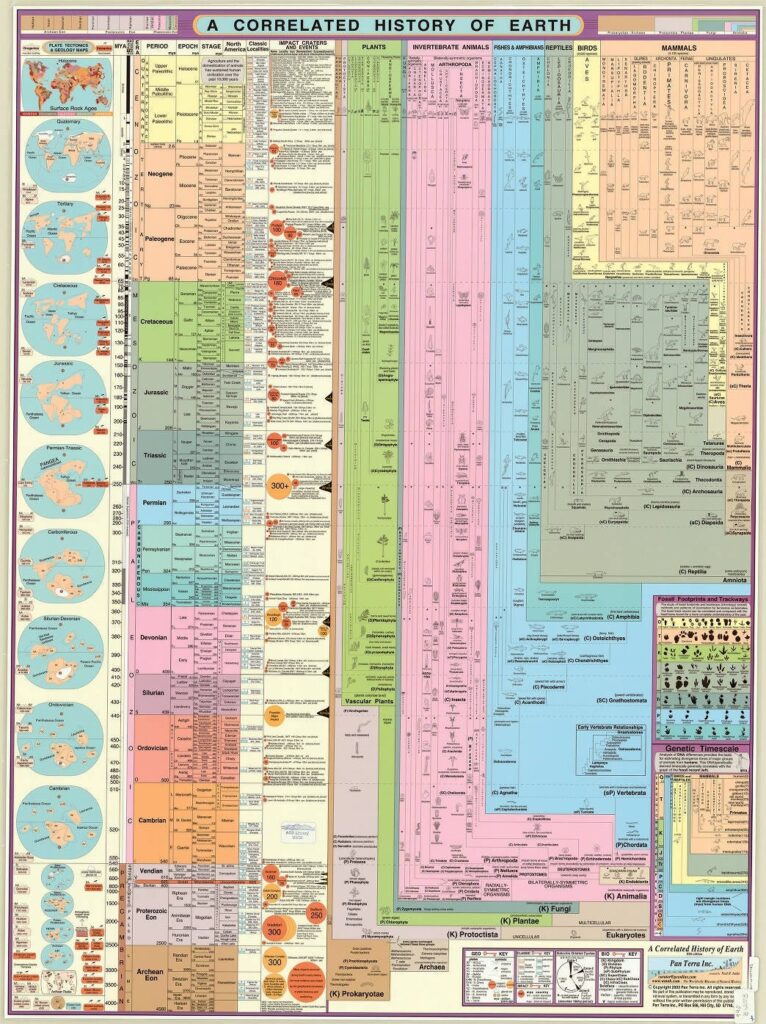Build a Portable Soldering Station
Gareth's Tips, Tools, and Shop Tales - Issue #108
Got a tip to share? A tool to recommend? A tall tale to tell us? Please share with the class.
Build a Portable Soldering Station

Ever since I saw Adam Savage build a portable soldering station, I’ve been thinking about creating one for myself. I don’t do enough electronics anymore to justify a dedicated electronics workbench. When I do have a need for soldering, it’s a hassle to get everything set up just to do a few solder points. And, in our new house, I have two work areas on different floors. So, I know I will break down and create a portable station at some point. Here is Laura Kampf’s answer to such a portable, fully-powered station.
Rule of Thumb for Buying Tools
In a fascinating video from Adam Savage (where he has an “epiphany” on the science of precise measurement) he also shares a great tip on purchasing tools: “Buy the cheapest tool you can if it’s a tool you don’t know how to use, learn how to use it, and see if it integrates into your process and into your shop, and then go and buy the best tool that you can afford. Frequently, that one will last you for the rest of your life.”
Ten Fantastic Modeling Tips

This video, from the YouTube channel Just for the fun of it, has some really useful tips and jigs for working with glues, painting tiny round parts, using 1-2-3 blocks, and more. I especially love the tip on making a CA glue applicator for tiny, tight spaces by sinking a sewing needle into a small dowel (or old brush handle) with the loop of the needle protruding out. This loop will deliver more glue to where you need it.
Five Hobby Tools You Didn’t Know You Needed

One of the cool things about a hobby, or any domain of making, is constantly learning new little tricks and techniques and hearing about new tools that you didn’t know you needed. I’ve been painting fantasy and sci-fi miniatures for decades and have never heard of any of the five tools suggested by miniature painter Lyla Mev in this video. The tools she swears by are cheap squeeze bottles, Silly Putty(!), cling wrap, sand timers, and trimmed brushes for “erasing” overpaint. See the video for more on how she applies each of these tools.
Filmmaking Tips for Makers on YouTube

We just sent the second volume of my book, Tips and Tales from the Workshop, off to the printers. Yay! It will be out in early March. One of the new features in Volume 2 is a chapter of tips for maker video content. So many people are doing video these days and we could all use improvement in how we communicate our projects through the camera. In this video on Morley Kert’s channel, he presents ten tips for maker video production. I wish I’d had these to add to my book. They include committing to a vibe and sticking with it, using establishing shots and B-rolls, mixing in handheld shots (if possible), using manual, not auto-focus, making sure your lights are the same color temperature, and more. Good stuff.
Using a Caliper’s Depth Gauge to Transfer a Measurement

Here’s a little calipers trick I’ve never thought of. Instead of using the outer jaws of your calipers to scribe a line onto a workpiece, lock your measurement in and then use the reading on the depth gauge on the other end of the calipers. Transfer that depth to a square and then use the square to scribe your line. Watch the Instagram video to make this clearer.
Shop Talk

Titmus SW09R Livewire sealed glasses
By the far, the reader who’s contributed the most and best tips to this newsletter is Emory Kimbrough. Thanks, Emory! Here’s his latest:
“We’re all familiar with safety glasses and goggles, but there’s a third option – sealed or hybrid safety glasses. These look like ordinary safety glasses, but they have foam seals around the eyes to keep out dust. Dust easily sneaks around the sides of safety glasses, and a minor dust irritation has some risk of growing into a serious problem. So, sealed safety glasses should be far better known and far more popular.
“You can buy sealed/hybrid glasses for less than $3.00 each, affordable for a school workshop or makerspace that needs safety glasses for every student. But my favorite new gear for 2021 was prescription sealed glasses. Prescription safety glasses are more comfortable and give better vision than putting goggles or oversized safety glasses on over your usual prescription glasses. And less nuisance = more compliance. I chose Titmus SW09R Livewire sealed glasses, for four reasons. First, they combine ANSI-rated impact protection with the dust seals. Next, they have a removable head strap that creates an even better seal against sneaky dust, and keeps the glasses from slipping down or slipping off at a bad moment. Finally, I have a very strong prescription for nearsightedness, plus I’m old enough to need progressive lenses. Many prescription safety glasses are not compatible with strong prescriptions, but these were available with progressive lenses and in my strong prescription. (You can also get the Titmus Livewires without prescription lenses.)
“I got mine with good customer service and prompt shipping from safetygearpro.com, but they are available from other suppliers. They came with a case that can clip to your belt – good for keeping those safety glasses handy instead of way over on the other side of the shop tempting you to ignore them. They also came with a cleaning kit and an eyeglasses screwdriver. Prescription safety glasses are also a spare pair of ordinary eyeglasses, so these will go in my suitcase as an emergency back-up whenever I travel.
“Compared with ordinary safety glasses, dust-sealed hybrid glasses are all benefit and no drawback – So, prescription or non-prescription, make the change.”
01/20/22








